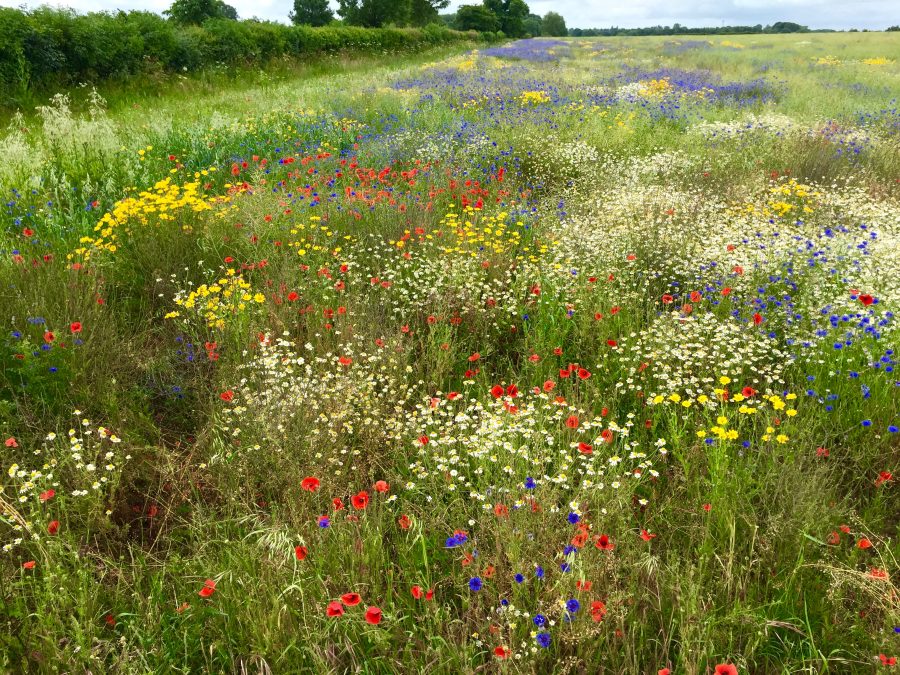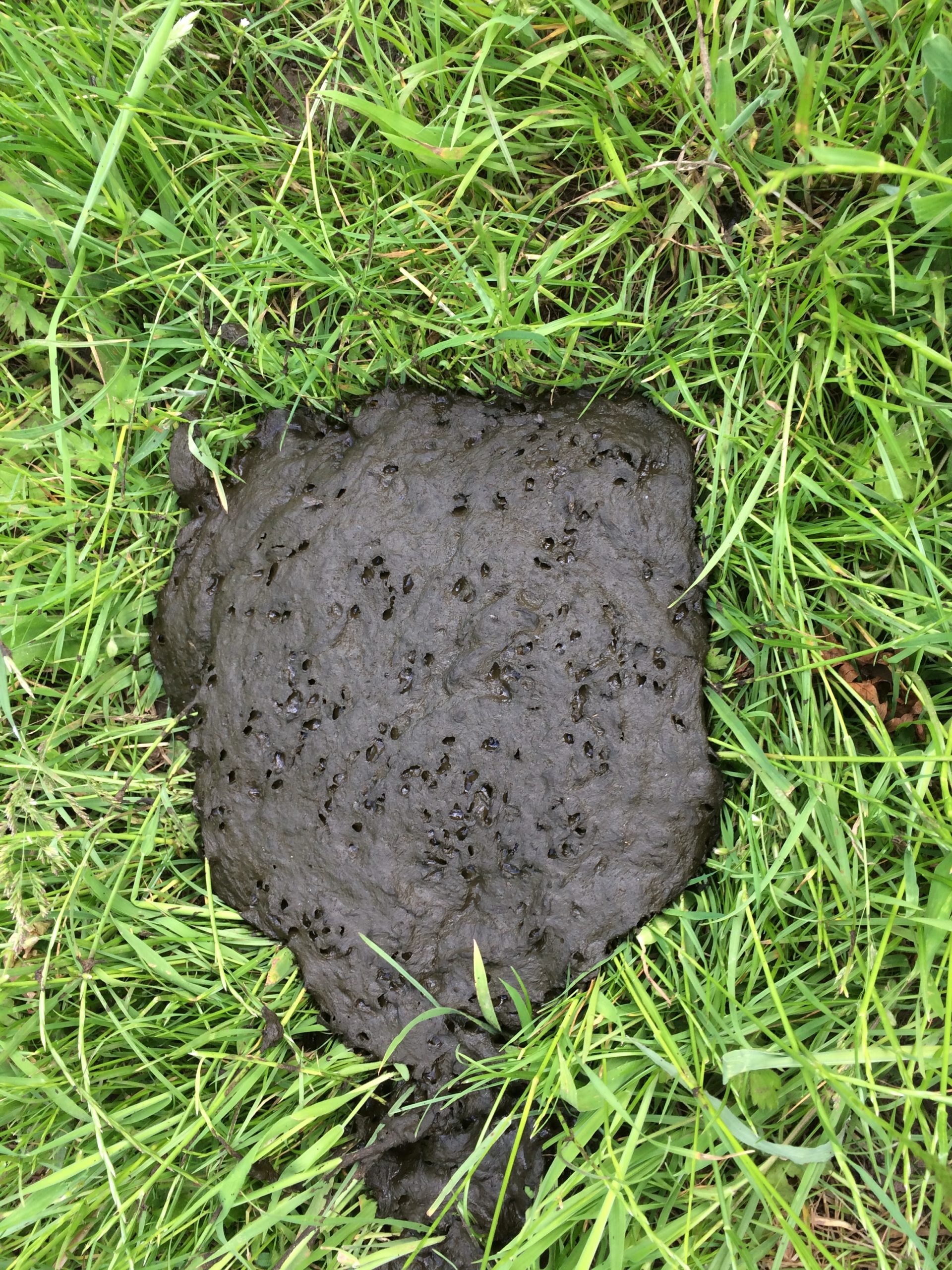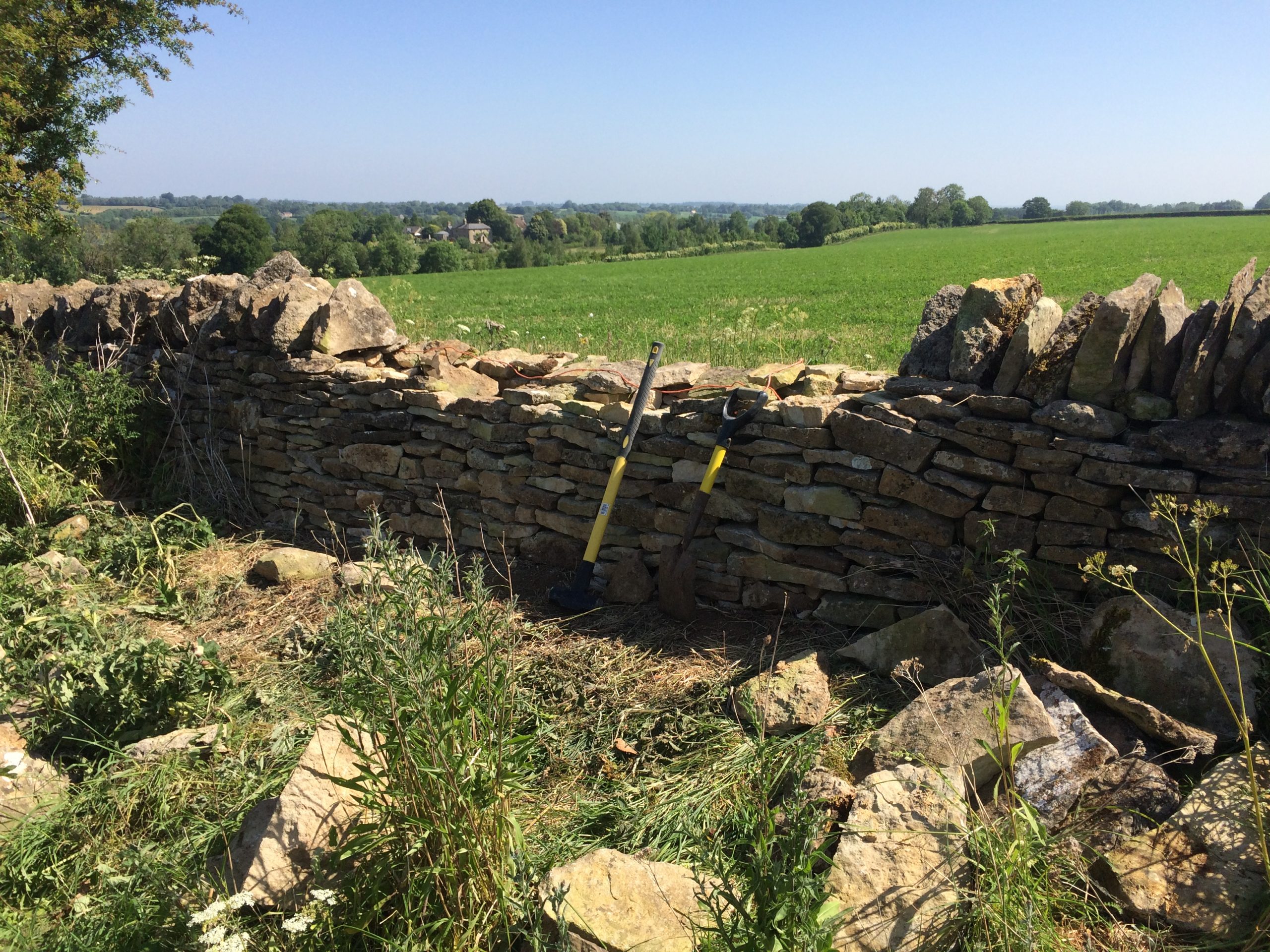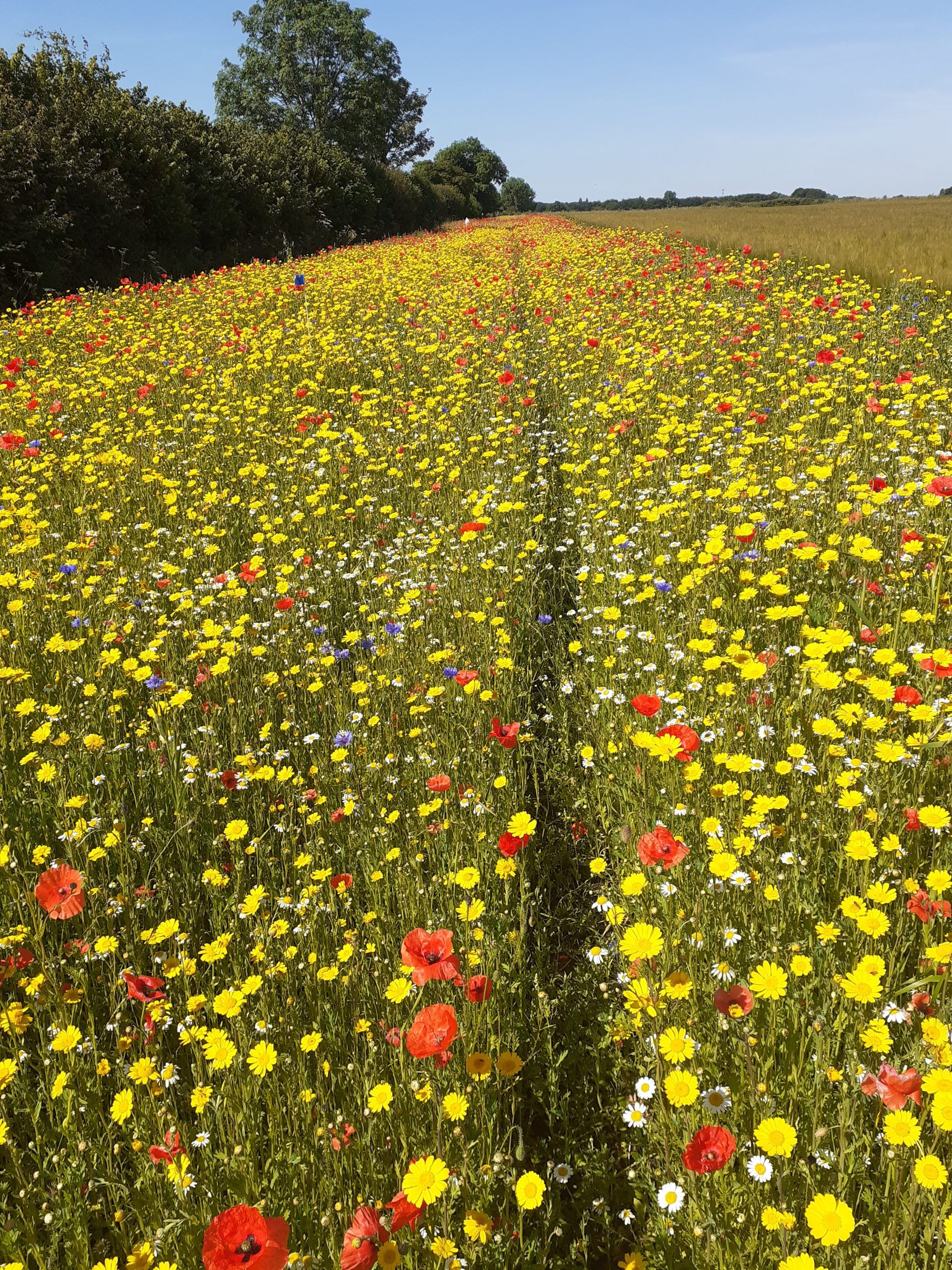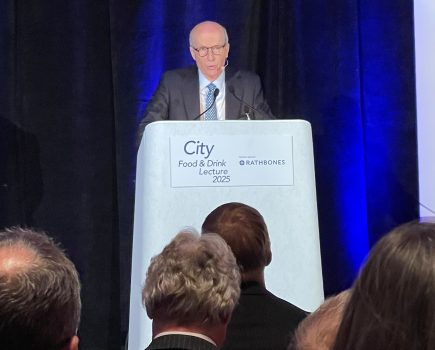This last winter and early spring for farms have been challenging to say the least, warm and wet with lasting and devastating floods for many. I fear this man-made problem will be with us for a few generations, so we must learn to mitigate and roll with the punches.
There is a steady clamour from the NFU, farmers and lobby groups that we must concentrate on food security and food production, but the market we are in is quite different from that which existed around the time of the second world war. We are now almost totally divorced from our consumers, whether we are producing bread, meat, milk, veg, fruit or cut flowers.
Between our customers and ourselves lie the wholesalers, processors, manufactures and supermarket retailers that are so much larger than farms, but which add value (and cost) at each step down the chain. In this strange market the commodity producers are tiny by comparison with, say, mining or oil extraction, where the commodity producer is the large cog in the chain.
So what is the role of the small farm in UK agriculture, and what is a small farm? I must be arbitrary to make my point, so I will define a small farm as 500 acres or less and a large farm as one over 2,000 acres. The latter is still a reasonable business, growing bulk quantities of milk, meat, grains and vegetables, while the former cannot.
Those in between struggle in today’s marketplace. This shift has taken as little as half a lifetime; my in-laws ran a successful business in the 1960s producing organic cream from Jersey cows and pigs from the skimmed milk while employing and housing seven workers on 250 acres.
Change was just round the corner. Brucellosis and the death from cancer of a much-loved cowman, Cecil, precipitated the dispersal of the Jerseys and a successful sale of the cream business. The pigs continued and expanded when my son Nick joined the farm after enjoying himself at St Andrews and studying agriculture at Nottingham University. The main output of the farm, from a workforce of two, was outdoor reared pigs producing ‘weaners’ under contract, a volatile and risky market.
As I approached retirement from hospital clinical practice it became abundantly clear that the farm had to change the business model or expand and diversify to survive and support a family. It was also clear that global warming and ecological loss were serious issues associated with farming.
We managed to secure 155 arable acres nearby just as both DEFRA and the European Parliament were actively addressing biodiversity loss and the need to mitigate climate change. Things were moving fast.
Houses, no longer needed for farm workers, were leased, as were surplus farm buildings. Listed farm buildings were converted for rental. We were quick to embrace stewardship schemes, with low- or zero-input grassland, margins around all arable fields and 2km of new hedging. Several ponds were restored in a spring-fed tributary of the Evenlode river. Field trees and woodland were added and winter feed sown for farmland birds. We also adopted regenerative techniques to improve soil health
Rental and stewardship schemes yielded a predictable and steady income. Pig production was phased out as the market moved on and our model was no longer profitable. The permanent pasture needed grazing, so we introduced pedigree South Devon beef sucklers as our eco-engineers to provide quality meat as well as breeding stock.
Our aim was, and is, to breed cattle that are recorded, perform well, can compete in the show ring and are high health. The farm now runs as a family partnership, with our eldest son the managing partner and the only paid ‘member of staff’.
All these measures, though not stress free, have stabilised our farm finances, restored the fun of farming and had a real and positive impact on the farm’s botany and wildlife. We may only produce about 10 tons of beef annually as food for humans, but we are contributing a great deal more as public good.
The farm is enjoyed by many citizens of Chipping Norton walking the public and permitted footpaths. The fields and margins are full of butterflies; patches of nettle feed peacock, small tortoiseshell, red admirals and comma caterpillars.
Fresh cowpats are promptly colonised by several dung beetle species and dry tracks are full of miner bee holes. Bird numbers and species have risen and the spring is once again full of song. Hedgehogs are on regular night patrols.
The farm has also become a useful resource for research and knowledge exchange. Studying plants, insects and birds in margins, hedges and scrub areas provides fascinating information on what works and what doesn’t. Our cup really will be full when the turtle doves, quail and cuckoos return.
- Fresh cowpat colonised by dung beetles
- Restoring winter wildlife habitat
- South Devon eco-engineers on permanent pasture
- Cultivated margin with corn marigold, corn chamomile, cornflower and poppy
- Bird ringing on farm. Yellowhammers
- Cecil in the milking parlour 57/58
- Jerseys strip grazing Kale
For more like this, sign up for the FREE South East Farmer e-newsletter here and receive all the latest farming news, reviews and insight straight to your inbox.

